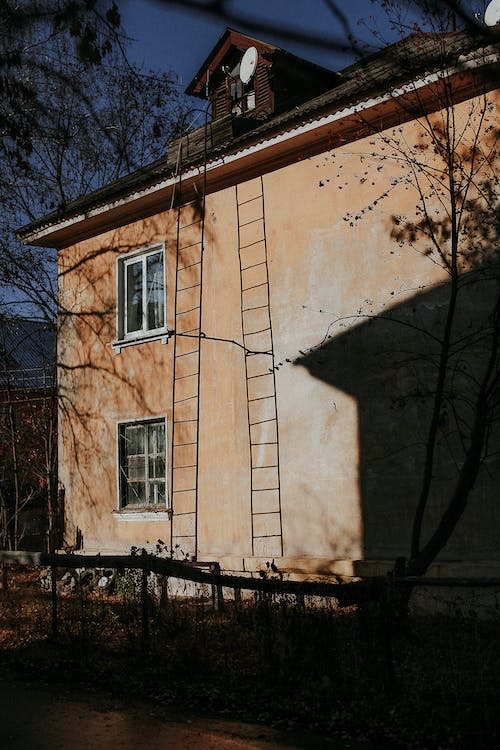Wall Waterproofing – Whether you’re building a new house or remodeling an old one, wall waterproofing is a necessary step. It’s also recommended for people living in damp areas, as moisture can penetrate through paint and affect the internal structure of a house, causing mold to grow and other structural problems. In addition, wall water tightness is critical for the stability of your foundation.
Wall Waterproofing

Wall Waterproofing is a challenging process. It requires specialist skill and sophisticated materials. However, you can achieve a great result if you follow some basic principles. This article explains how to waterproof walls. It also shows you how to prevent them from leaking. Waterproofing walls can help protect your home against the effects of bad weather.
Wall Waterproofing masonry walls involves applying a silicone emulsion to the inner surface of the wall. The emulsion then dries to form an elastomeric film. This film resists water pressure, cracks in the substrate, and fungus. It also provides a barrier against temperature extremes.
Wall Waterproofing exterior walls is a vital part of maintaining any building. It provides a solid barrier against water and prevents dampness from entering the building’s foundation. It also improves the value of a property. It adds around 10% to its value and increases the appeal to prospective buyers. If you’re planning to sell your property, waterproofing walls is a great idea.
Seismic waves can have a dramatic impact on buildings. To protect your property from these waves, you need to use Wall Waterproofing materials that can withstand a variety of seismic conditions. However, this is not an easy task and requires proper calculation. Seismic waves are transmitted in the form of waves with a complex wavelength. These waves have varying characteristics depending on their Richter scale. Knowing the wavelength of seismic waves is critical in choosing the right waterproofing material for your walls.
In order to waterproof your home, you need to check its surface thoroughly. If it has cracks, water can enter through these areas and lead to serious damage. You should consider waterproofing your terrace as well as your house. You must ensure that the area is clean and dry before applying the waterproofing material. You should use a crack-fill paste or powder that is made for this purpose.
A concrete wall waterproofing is important in a variety of situations. It prevents water from leaching into the groundwater environment while protecting the built-in structure. During pile wall construction, a concrete wall waterproofing layer must be installed in order to ensure the integrity of the structure. This process involves several steps, including ground treatment, waterproofing layer construction, and joint reinforcement.
Testing for water tightness

When installing wall waterproofing, it is important to test for watertightness before proceeding further. This is often done by spraying water on the surface of the wall for a couple of hours. Make sure the nozzle is set at about a 30-degree angle to the wall. If the water does not leak out of the wall, the home has passed the test.
It is important to ensure a smooth continuous surface and minimize sharp edges, especially when installing a waterproofing system. You should also ensure that the wall is prepared before applying the system, including filling in any existing bugs, removing concrete fins, and ensuring that form release agents are used properly. It is also important to ensure that all seams are watertight and are located far away from areas of weaker construction, as this can lead to leaks. Fluid-applied systems can help avoid this problem by eliminating seams and ensuring that the transitions are smooth and free of cracks. You can also use pre-formed corners to minimize penetrations.
Water leakage is the leading cause of facade failure, so it is essential to ensure that all surfaces of the wall waterproofing system are as watertight as possible. There are several different methods of testing for watertightness, and it is important to use the most appropriate one for the project. You can also conduct an off-site laboratory test, but this method is subject to practical limitations. Generally, you should use the hose test, spray bar test, or cabinet test to determine watertightness.
In most cases, the method of leak detection will be based on the elevation of the building and the elevation of the various components. The lower part of the building should be tested, while higher components should be tested using a washwater test. This method helps to identify where the water entry points are and pinpoint the location of the water leakage. Once you know where the leakage area is, it is important to test the rest of the walls and make sure they are watertight.
Testing for watertightness is also important when it comes to installing new waterproofing materials. You should be aware of the minimum curing time for each type of waterproofing. In most cases, you should wait between 24 and 48 hours. However, if the temperature of your building is less than 50 degrees Fahrenheit, you may need to wait a full 48 hours before performing the flood test.
Methods

Waterproofing walls is vital, especially for homes that are exposed to rain. Not only does it protect the interior of the home, but it also prevents mould growth. A professional contractor will know the best waterproofing products for a home based on the climate and roof type. To be effective, waterproofing materials must provide protection against water and incorporate air and vapor barriers to keep the walls dry. Otherwise, moisture trapped within walls can lead to mould growth and cause irreparable damage.
There are many methods for waterproofing your walls, including using waterproof paints. Waterproof paints, primers, and admixtures will protect your walls from water infiltration. To patch or repair cracks, use a good-quality filler. Before you use a filler, make sure to allow it to dry optimally. After applying filler, you should remove any traces of it with water.
In addition to interior waterproofing, exterior waterproofing is important if you plan on having a swimming pool or other structure in the basement. Waterproofing the interior walls will help prevent water from entering the basement, which can lead to erosion of the foundation and chronic moisture problems in the basement. It is also important to consider the type of walls in your building.
Using a cementitious coating is a relatively inexpensive solution. It can cost as little as $2 to $4 per square foot. Another method is using a polymer membrane. This type of waterproofing material is thicker than a typical damp-proofing membrane and will offer additional UV and thermal protection.
Before you decide which method is best for your home, you should first determine the source of the water. If you find wet streaks along the walls, it is likely that the source of the water is a leaky pipe or a crack. For larger cracks, you can use an epoxy filler.
Another option is the use of a liquid polyurethane membrane. This liquid membrane is a more expensive option but it is extremely flexible. One major drawback to this material is that it is highly sensitive to moisture content. If the moisture content of the concrete slab is too high, the Wall Waterproofing membrane can debond and peel off. Nevertheless, it can provide long-term protection.
Cost

The cost of wall waterproofing can range from $300 for a simple repair to $2,000 or more for a more complex system. Using a dehumidifier is an affordable solution for a minor moisture problem, but may not be effective for a larger area. Also, a dehumidifier is difficult to install and can cost $150 to $2000 per square foot.
In addition to reducing heating and air conditioning bills, proper wall waterproofing can also help prevent the growth of harmful fungi. These fungi produce allergens that can trigger asthma and other respiratory illnesses. Wall waterproofing is also essential for basement walls, as water can seep through the concrete and into the basement.
Wall waterproofing is an affordable way to stop water from soaking into the basement and damaging walls. The process can be done from the inside or outside of the home, using waterproof paint or drains. Depending on the type of Wall Waterproofing, a basement can cost anywhere from $3 to $12 per square foot.
Liquid Wall Waterproofing membrane is another option and costs about $3.34 to $5.76 per square foot, depending on the grade. This waterproofing solution can be applied thicker or thinner, depending on the surface and depth. The best way to protect your basement is to prepare the walls properly so that they are completely dry before the Wall Waterproofing process begins.
- Sports Betting Website Development – Analytics and Insights - July 13, 2024
- Why Regular best automobile detailing services Is a Must for Car Owners - May 15, 2024
- Catalog Printing – Businesses Have Just Got Better with Wholesale - October 5, 2023



Post Your Thoughts